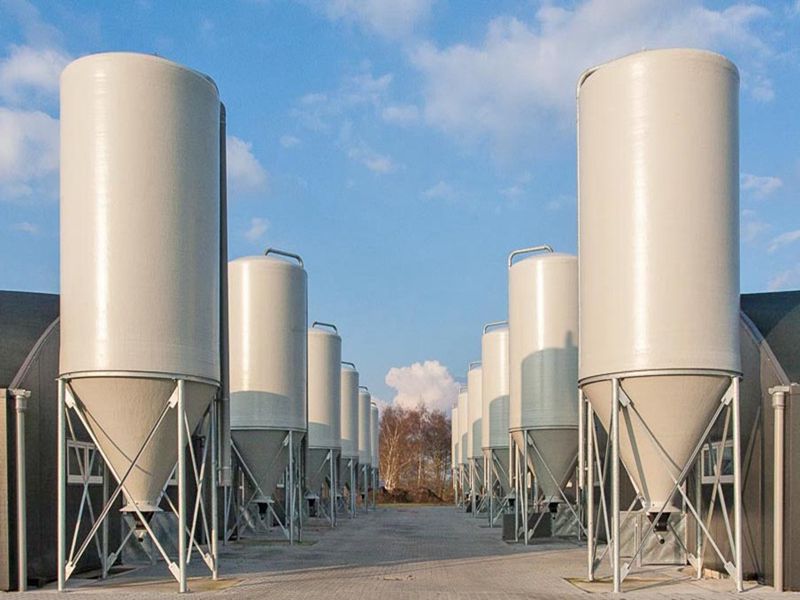
-
 Afrikaans
Afrikaans -
 Albanian
Albanian -
 Amharic
Amharic -
 Arabic
Arabic -
 Armenian
Armenian -
 Azerbaijani
Azerbaijani -
 Basque
Basque -
 Belarusian
Belarusian -
 Bengali
Bengali -
 Bosnian
Bosnian -
 Bulgarian
Bulgarian -
 Catalan
Catalan -
 Cebuano
Cebuano -
 China
China -
 China (Taiwan)
China (Taiwan) -
 Corsican
Corsican -
 Croatian
Croatian -
 Czech
Czech -
 Danish
Danish -
 Dutch
Dutch -
 English
English -
 Esperanto
Esperanto -
 Estonian
Estonian -
 Finnish
Finnish -
 French
French -
 Frisian
Frisian -
 Galician
Galician -
 Georgian
Georgian -
 German
German -
 Greek
Greek -
 Gujarati
Gujarati -
 Haitian Creole
Haitian Creole -
 hausa
hausa -
 hawaiian
hawaiian -
 Hebrew
Hebrew -
 Hindi
Hindi -
 Miao
Miao -
 Hungarian
Hungarian -
 Icelandic
Icelandic -
 igbo
igbo -
 Indonesian
Indonesian -
 irish
irish -
 Italian
Italian -
 Japanese
Japanese -
 Javanese
Javanese -
 Kannada
Kannada -
 kazakh
kazakh -
 Khmer
Khmer -
 Rwandese
Rwandese -
 Korean
Korean -
 Kurdish
Kurdish -
 Kyrgyz
Kyrgyz -
 Lao
Lao -
 Latin
Latin -
 Latvian
Latvian -
 Lithuanian
Lithuanian -
 Luxembourgish
Luxembourgish -
 Macedonian
Macedonian -
 Malgashi
Malgashi -
 Malay
Malay -
 Malayalam
Malayalam -
 Maltese
Maltese -
 Maori
Maori -
 Marathi
Marathi -
 Mongolian
Mongolian -
 Myanmar
Myanmar -
 Nepali
Nepali -
 Norwegian
Norwegian -
 Norwegian
Norwegian -
 Occitan
Occitan -
 Pashto
Pashto -
 Persian
Persian -
 Polish
Polish -
 Portuguese
Portuguese -
 Punjabi
Punjabi -
 Romanian
Romanian -
 Russian
Russian -
 Samoan
Samoan -
 Scottish Gaelic
Scottish Gaelic -
 Serbian
Serbian -
 Sesotho
Sesotho -
 Shona
Shona -
 Sindhi
Sindhi -
 Sinhala
Sinhala -
 Slovak
Slovak -
 Slovenian
Slovenian -
 Somali
Somali -
 Spanish
Spanish -
 Sundanese
Sundanese -
 Swahili
Swahili -
 Swedish
Swedish -
 Tagalog
Tagalog -
 Tajik
Tajik -
 Tamil
Tamil -
 Tatar
Tatar -
 Telugu
Telugu -
 Thai
Thai -
 Turkish
Turkish -
 Turkmen
Turkmen -
 Ukrainian
Ukrainian -
 Urdu
Urdu -
 Uighur
Uighur -
 Uzbek
Uzbek -
 Vietnamese
Vietnamese -
 Welsh
Welsh -
 Bantu
Bantu -
 Yiddish
Yiddish -
 Yoruba
Yoruba -
 Zulu
Zulu
FRP Desalination Components for Enhanced Water Treatment Efficiency and Performance
Efficient Water Treatment The Role of FRP Desalination Pipes and Fittings
In recent years, the pressing need for clean water has led to the exploration and implementation of innovative technologies in water treatment, especially in the context of desalination. As global freshwater resources continue to dwindle due to climate change and growing populations, desalination—the process of removing salt and impurities from seawater—has emerged as a viable solution. Among the various components that facilitate this process, FRP (Fiber Reinforced Plastic) pipes and fittings stand out for their exceptional properties and contributions to efficient water treatment.
Understanding FRP Technology
FRP is a composite material made from a polymer matrix reinforced with fibers, typically glass or carbon. This combination results in a lightweight yet highly durable product that is resistant to corrosion and has excellent tensile strength. As such, FRP has become an increasingly popular choice in various industries, including water treatment, due to its performance advantages over traditional materials such as steel or PVC.
Advantages of FRP Desalination Pipes
1. Corrosion Resistance One of the most significant challenges in desalination systems is the corrosive nature of seawater. Traditional metal pipes often succumb to rust and degradation, increasing maintenance costs and operational downtime. However, FRP's inherent resistance to corrosion ensures longevity and reliability, resulting in decreased replacement and repair costs.
2. Lightweight Construction FRP pipes are significantly lighter than their metal counterparts. This lightweight characteristic simplifies transportation and installation, reducing labor costs and time. Furthermore, the ease of handling makes it possible to deploy these pipes in remote or challenging locations where heavy machinery may not be available.
frp desalination pipes and fittings for efficient water treatment ...

3. Flexibility and Customization The manufacturing process for FRP allows for a range of design options. Pipes and fittings can be produced in various shapes and sizes to meet specific operational demands. This flexibility is crucial for fitting within existing infrastructures or designing new systems tailored to particular desalination requirements.
4. Thermal Insulation FRP provides excellent thermal insulation, which is vital in reducing energy costs in desalination processes. By minimizing heat loss, the energy efficiency of the system is improved, contributing to a more sustainable overall operation.
5. Lower Lifecycle Costs While the initial investment in FRP materials might be higher than some alternatives, their durability and low maintenance requirements result in lower lifecycle costs. This makes them an economically viable option for long-term water treatment projects.
The Role of Fittings
In addition to pipes, FRP fittings—such as elbows, bends, and flanges—are essential for creating a complete, efficient desalination system. These fittings ensure smooth transitions and minimize pressure loss, leading to better flow rates and system performance. The seamless integration of FRP pipes and fittings not only enhances operational efficiency but also fosters reliable connections that can withstand the rigors of desalination processes.
Conclusion
As the demand for potable water continues to rise, the importance of effective desalination methods becomes increasingly apparent. FRP desalination pipes and fittings represent a pivotal advancement in the field of water treatment, offering a combination of durability, efficiency, and cost-effectiveness. With their ability to withstand harsh environments and reduce operational costs, FRP technologies are poised to play a significant role in the global effort to secure a sustainable water future. As innovations continue to emerge, prioritizing the adoption of advanced materials such as FRP will be crucial in meeting the challenges of water scarcity in an ever-changing world.
Latest news
-
Exploring the Benefits of Top Hammer Drifter Rods for Enhanced Drilling PerformanceNewsJun.10,2025
-
High-Precision Fiberglass Winding Machine for GRP/FRP Pipe Production – Reliable & Efficient SolutionsNewsJun.10,2025
-
FRP Pipes & Fittings for Shipbuilding - Corrosion-Resistant & LightweightNewsJun.09,2025
-
Premium FRP Flooring Solutions Durable & Slip-ResistantNewsJun.09,2025
-
Premium Fiberglass Rectangular Tanks Durable & Lightweight SolutionNewsJun.09,2025
-
Tapered Drill String Design Guide Durable Performance & UsesNewsJun.09,2025









